Physical Address
304 North Cardinal St.
Dorchester Center, MA 02124
Physical Address
304 North Cardinal St.
Dorchester Center, MA 02124
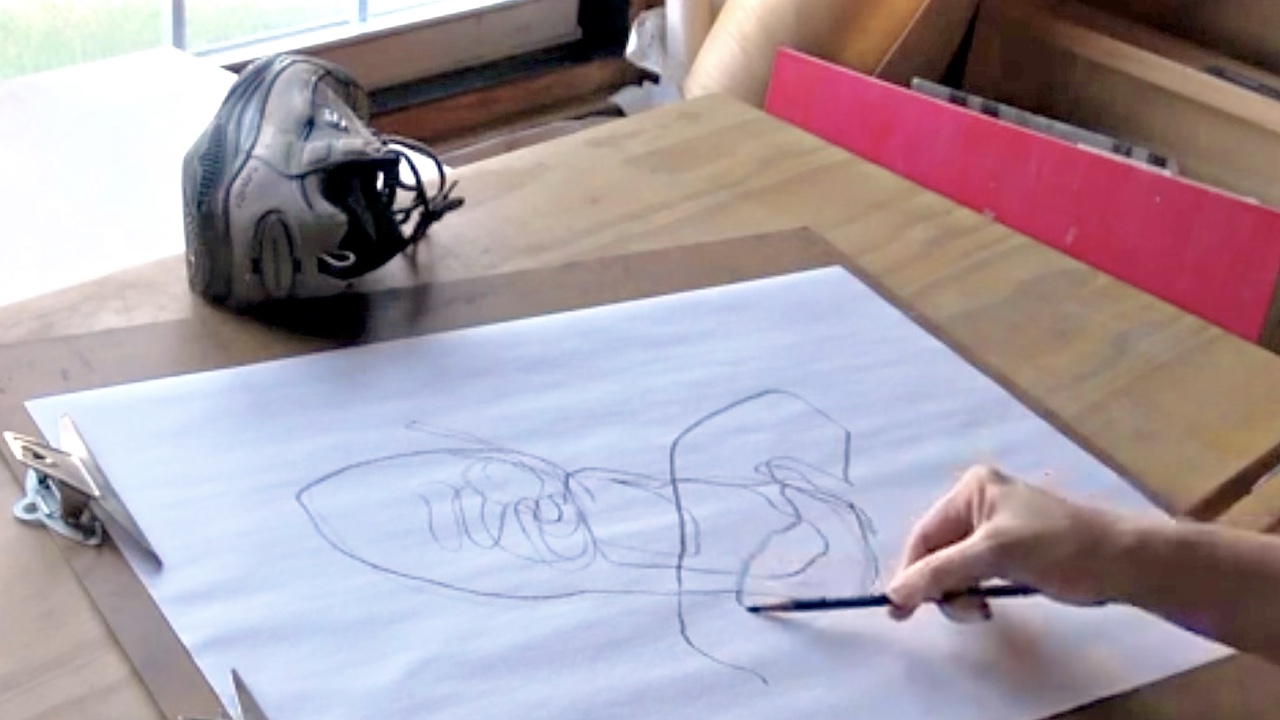
A contour drawing is an art technique in which the artist sketches the outline and significant edges of a subject using continuous or broken lines. The primary focus is on capturing the subject’s overall shape, mass, and volume, rather than intricate details, textures, or shading.
While the word “contour” comes from the French for “outline,” in art, contour lines can also suggest three-dimensionality by following not only the outer edge but also the visible interior surfaces that define the form.
There are some variations of contour and gesture drawings, and definitions can sometimes overlap, leading to confusion. While “contour” literally means “outline,” in the context of art, it can refer to both the outer edge and important interior lines that define the form. These can range from highly detailed to extremely simplified approaches.
To maintain clarity, this post will introduce only the basic contour approaches that emphasize the outer shape and avoid detailed interior lines.
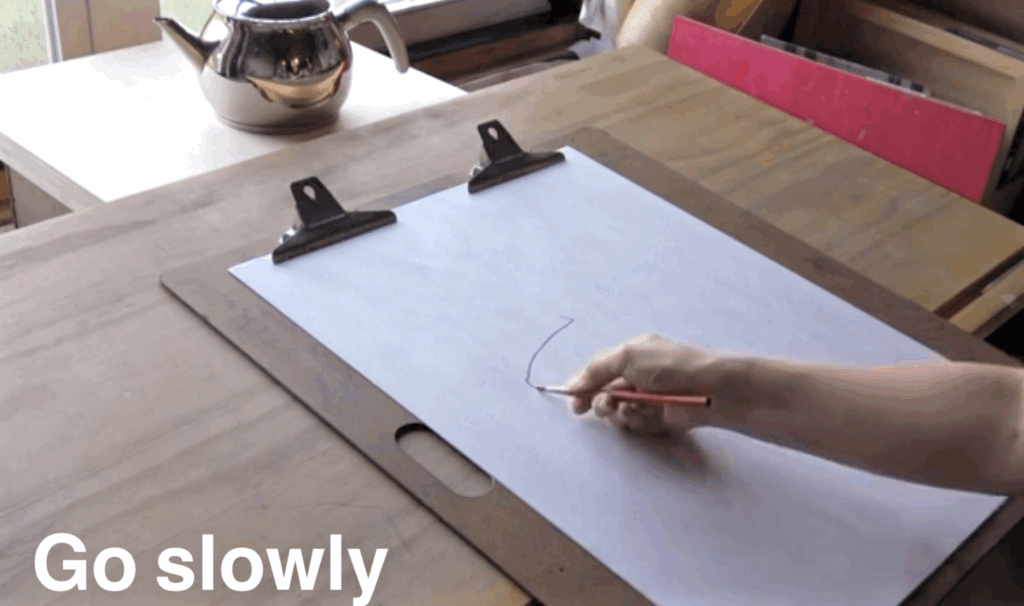
You draw the contours of the subject without looking at your paper, keeping your eyes fixed on the subject and allowing your eyes to follow the edges slowly . This technique trains observation and hand-eye coordination.
It is very natural that the beginning point and ending point don’t meet. Don’t get discouraged by it.
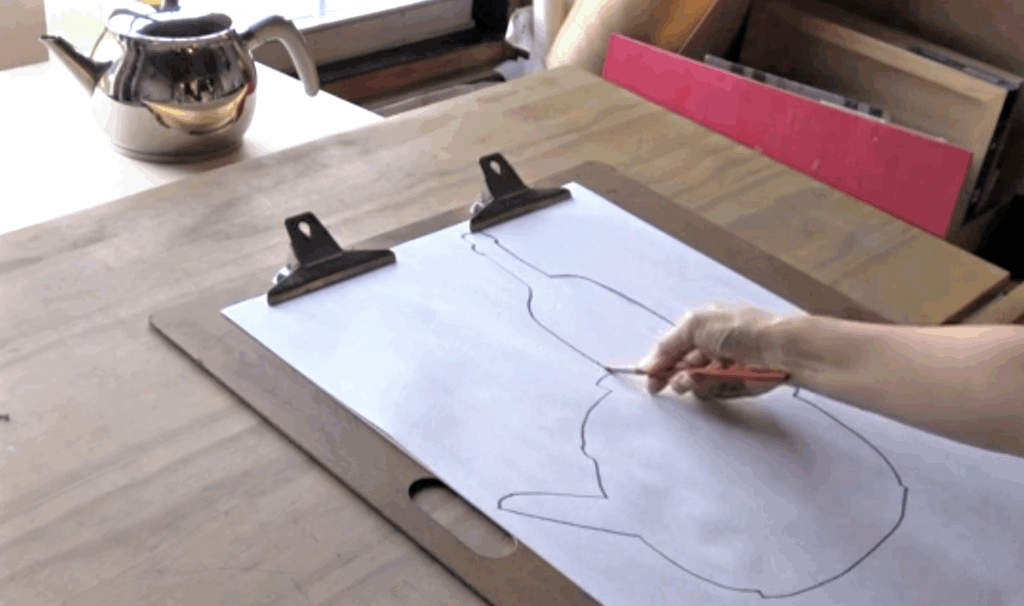
This method focuses strictly on the outer edge of the subject, often using a single, continuous line. Occasional glances at the paper are allowed. If more than one item involves, consider them as one shape only looking at the outer edges.
* Again, there are other types of contour drawing that include interior lines as in Egon Schiele’s drawing:
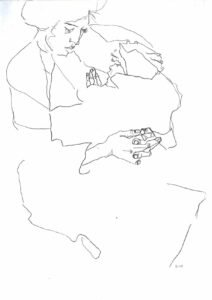
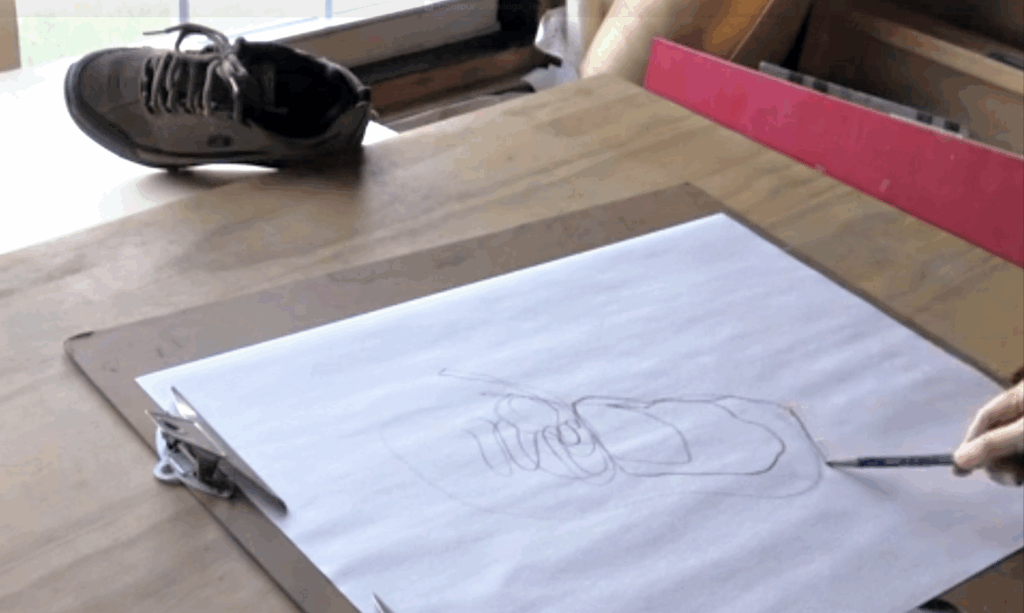
Here, you draw the subject with one unbroken line, not lifting your pencil until the drawing is complete. This can be done while looking at the subject or the drawing, and encourages intuitive, fluid mark-making.
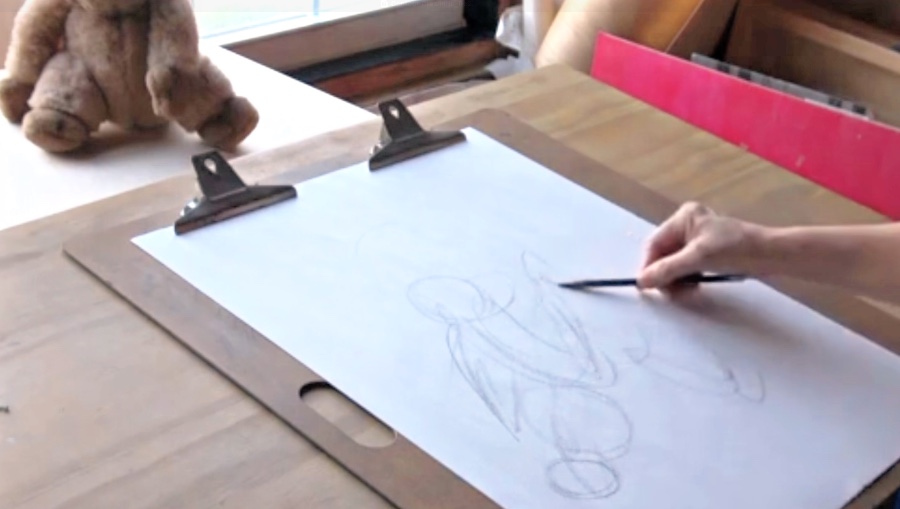
Unlike contour drawing, gesture drawing is about capturing the movement, energy, and overall action of the subject, rather than its outline.
It’s often used for drawing figures, animals, or any subject in motion, but can also be applied to still objects and architecture as seen in Frank Gehry’s architectural sketches.
Video Instruction: